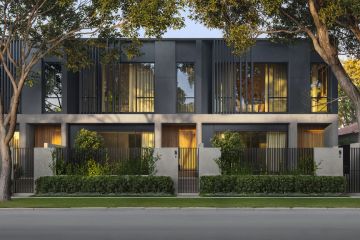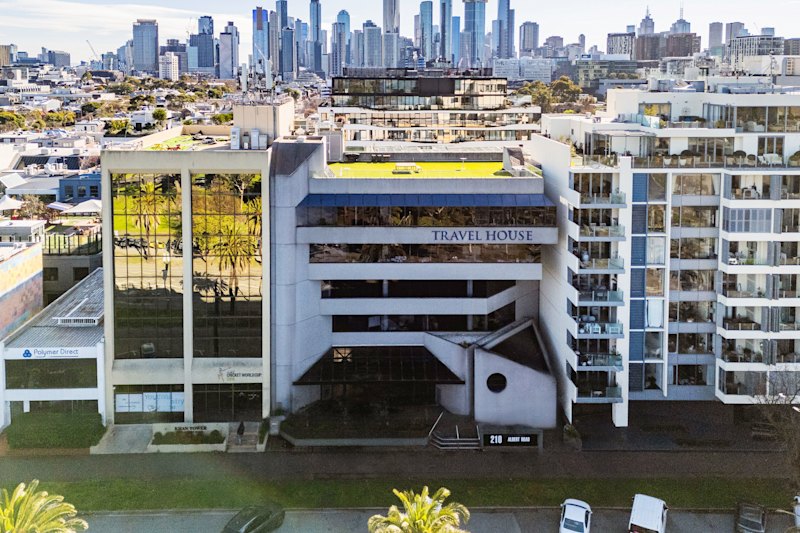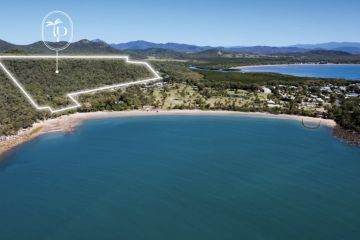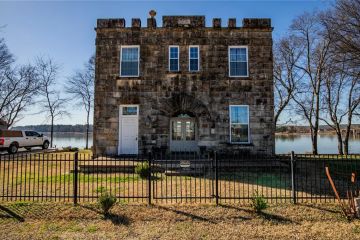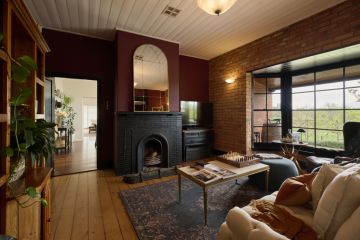World's most expensive home finished but still empty
When the richest man in India completed his extravagant 27-storey house in Mumbai last year, it incited a public debate along the lines of ”What’s he trying to prove?” Now, the chatter involves a different question: Why hasn’t he moved in?
The owner, Mukesh Ambani, and his spokesman, have declined to discuss the matter, leaving plenty of room for theories. One explanation is that despite the time and money lavished upon it, the building does not conform to the ancient Indian architectural doctrine known as vastu shastra (more on that below).
Certainly the home – which is called Antilia and according to news reports in India has three helipads, six floors of parking and a number of floating gardens – looks lived in.
At night, the cantilevered tower is lit up bottom to top, inside and out. Members of the city’s moneyed class report having attended movie screenings in the theatre and eaten dinners in the grand ballroom, served by a staff trained by the luxury Oberoi hotel chain.
Yet friends of the family say that after the last canapes have been served and the guests have bidden goodbye, the Ambanis often decamp to Sea Wind.
That is the more modest, 14-storey apartment tower at the south end of the city that Mr Ambani, his wife Nita, and three children share – on different floors – with his mother and his estranged younger brother, Anil, and Anil’s family.
When does Mukesh Ambani plan to move into Antilia?
”I have asked him the question twice,” said a friend who has attended several parties there. He asked not to be identified for fear of ruining his relationship with Ambani, whose net worth Forbes has estimated at $29 billion. ”He said, ‘Yes, we’ll go next month. Let it be done.’ They don’t talk about it.”
Another family friend confirmed that the Ambani family did not live at Antilia but said members did sleep there ”sometimes”. This friend, who also asked not to be identified to avoid offending Ambani, had no explanation.
Tushar Pania, a spokesman for Ambani’s company, Reliance Industries, dismissed questions about whether the family was living at Antilia as idle gossip.
”It’s a private home. There is no reason to discuss it in public,” he said. He said the family had moved in, but when asked whether the family still lived at Sea Wind, he revised: ”They live in both places.”
But why would someone build what is widely considered the world’s most expensive private residence and then use it as a pied-a-terre?
Some friends, business associates and Ambani watchers offer the vastu shastra explanation, which gained wider currency earlier this year when DNA, an English-language newspaper in Mumbai, published an article about it citing ”sources in the know”.
Vastu, a philosophy that is particularly significant in Hindu temple architecture, emphasises the importance of directional alignments that create spiritual harmony. Many Hindus believe that living in a building not built according to vastu principles brings bad luck.
Basannt R. Rasiwasia, a vastu expert whose clients reportedly include prominent businessmen and their families – although not Mr Ambani – said Antilia appeared to run afoul of one of the key principles of vastu: the building’s eastern side does not have enough windows or other openings to let residents receive ample morning light.
”From the outside, what I see is that the eastern side is blocked, while the western side is more open,” Rasiwasia said. ”This always leads to misunderstanding between team members or sometimes may create issues. This also indicates more hard work to achieve moderate success. There is more negative energy coming from the western side.”
Mr Rasiwasia cautioned that he could not provide a full analysis, as he had not been inside the building, which was designed by architects Perkins & Will and the interior design firm Hirsch Bedner Associates, both American. Officials from the firms declined to comment, citing confidentiality agreements.
Last year, as Antilia was nearing completion, many Mumbai residents criticised the building as an ostentatious display of wealth in a country where most people live on less than $2 a day and in a city where more than half the population lives in slums.
Many domestic and foreign newspapers – including The New York Times – wrote about those sentiments, which one friend said had upset the Ambanis.
But even if the Ambanis now have reservations about Antilia, the building appears to have some admirers. Eight hundred metres away, in the waterfront Breach Candy neighbourhood, which is home to the US consulate, another rich Mumbai business clan, the Singhania family, is building a tower with cantilevered floors. Many say it resembles Antilia.
The move-in date? Don’t ask.
The New York Times
We thought you might like
States
Capital Cities
Capital Cities - Rentals
Popular Areas
Allhomes
More
